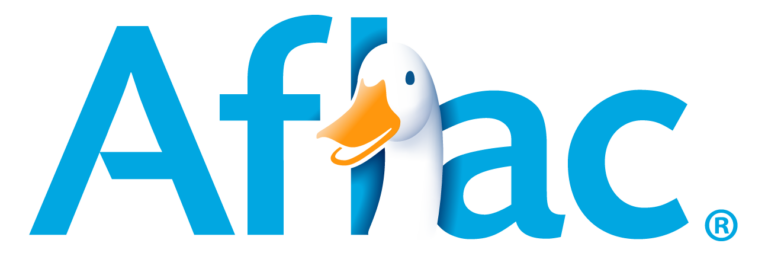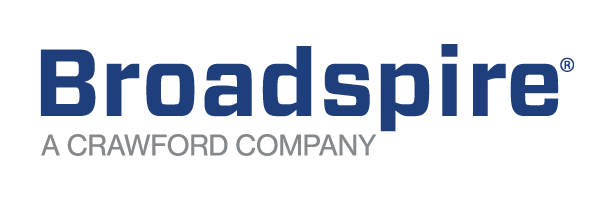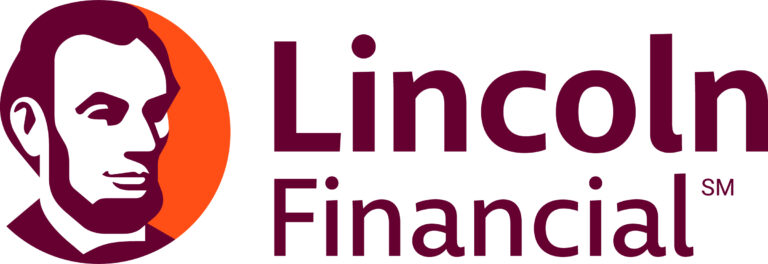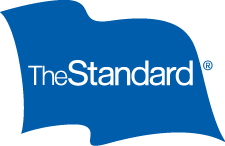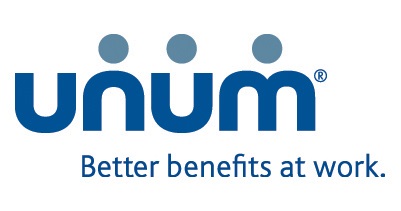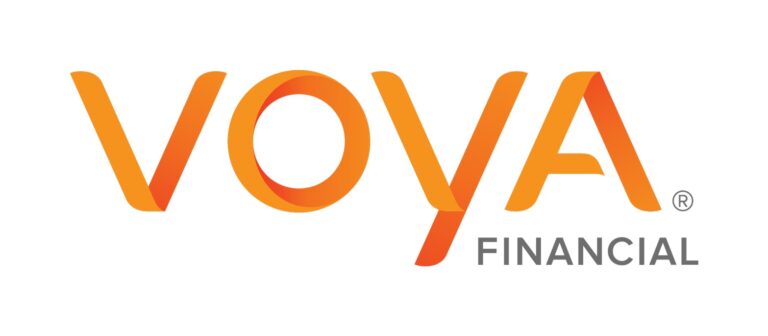 Let’s face it: No one likes change, particularly when we are not involved in creating it. It removes us from our comfort zones and thrusts us into the new and unknown.
Let’s face it: No one likes change, particularly when we are not involved in creating it. It removes us from our comfort zones and thrusts us into the new and unknown.
That unknown is not, however, necessarily bad. In fact, some organizations can ensure a successful outcome with thoughtful communications planning, as well as by embracing change management philosophies. The three examples below showcase the difference careful planning can make when an organization implements new software.
Company A introduced new payroll software. The team sent two, all-staff emails to announce the software and provide instructions. The second email ended with a warning that employees who didn’t comply with the new system would not get paid. Chaos, confusion, and frustration ensued that caused payroll delays and rework. The legacy system continued for two extra pay periods until training with staff and supervisors cleared up the confusion.
Company B executed a new electronic health record for 20 clinicians. The system was piloted with a provider who was not tech savvy, and she was vocal about her frustration with the system. The implementation was spread out over 18 months, which resulted in unused licenses; extended training resources; and what clinicians, support staff, and leaders described as change fatigue.
Company C implemented new case management software in two weeks following a two-month planning period. Change communications described end-user benefits to using the software. The company created a change planning team that included front-line clinicians who became champions for their peers. The implementation strategy included thorough training (two months planning and an additional two weeks of execution). This strategy led to management buy-in and resulted in a smooth transition to the new software unlike the confusion at Company A and the delayed implementation at Company B, which resulted in direct costs and staff turnover.
Poorly executed change is costly. There can be delays, errors in data reporting, poor customer service, and abandonment of expensive software. Extending a legacy software license could cost more than $100,000. There can also be a toll on human resources due to the negative effects on morale, burnout, staff turnover, and change fatigue. If the cost of turnover is $50,000 per employee, and 10 employees leave, the cost could be as high as $500,000. Retraining employees is also costly.
One poorly executed change initiative can impede an organization’s ability to be successful with future initiatives.
Change initiatives that take too long can be compared with a flu shot. The needle is inserted in and out quickly and painlessly. Or the injection is very, very slow, which makes it very, very painful.
Adopt a Practical Methodology
There are many change methodologies in the business world, some of which are theoretical. Some change methods are visual and help us understand why people resist change when their way of doing things is uprooted. Some are more practical. For example, one approach — Awareness, Desire, Knowledge, Ability and Reinforcement, or ADKAR1 — has become popular in corporate settings. Kotter’s 8-Step Method2 to change involves front-line staff in planning, which has been shown to have effective outcomes. The eight steps are:
- Increase a sense of urgency.
- Build guiding teams.
- Get the vision right.
- Communicate for buy-in.
- Enable action.
- Create short-term wins.
- Don’t let up.
- Make it stick.
As employers consider these methodologies, there are some practical details that will help with planning and implementation as outlined below.
Form a Guiding Team
The ideal team will include great communicators, informal leaders who staff respect and admire, and technical wizards who know how technology works. The software may have been configured by tech-oriented people, who may form the core of a guiding team. But adding six to eight high-profile and well-connected end users to this team is essential for success. People on this guiding team should have a thorough orientation to the software solution before planning begins.
Members of the guiding team should begin their work by identifying the current state of awareness of the change and documenting the desired state of adoption for each stakeholder group. Some groups will only need to be made aware, which requires minimum communication. Other groups will need to be committed to new software and workflows, which requires persuasive communication, training, and follow-up support. The guiding team should be able to accomplish this planning in two to three one-hour sessions.
Identify Who is Subject to Change
Identifying stakeholder groups of employees who are affected by the new software is important because their needs are different. Instead of relying only on mass communications to the entire organization, communications should be targeted specifically to end users, supervisors, management, senior management, information technology support members, billing and finance, quality teams, and other support departments.
Articulate the Purpose
The goals of any change initiative should be clearly stated for members of the guiding team and used in communications to the field. Below are some key questions to be discussed during the planning phase:
- What performance gaps will this change initiative solve?
- What are the industry trends with which this aligns?
- What is the cost to the organization if the software is not in place?
- What are best practices (internal and industry) related to this change?
- Have there been problematic change initiatives in recent years, including poorly executed change, abandoned change, or too many change initiatives that have led to change fatigue?
Develop Communication Strategies
The guiding team should consider how to create clear and positive messages for change. These questions can prompt meaningful planning discussions:
- What are the key messages we want to convey?
- What is the tone (e.g., authoritative, excited, calm)?
- What is the emotional hot button of the end users? Once identified, this hot-button issue can be used to identify emotional appeal and rationale information that should be included in the communications.
The team should also consider how the change initiative is communicated. How will the change be introduced and how will it be reinforced? Communications should be made through in-person meetings, newsletters, and a company intranet. A mix of communications from peers and executive sponsors is helpful. Not everyone reads email.
Communications from senior management sponsors are as important as communications from peers who have piloted the software. Drafting scripts for live presentations can ensure that key messages are covered, and there is a cadence of messages that engage the new user.
Build a Supporting Infrastructure
Once members of the guiding team have established goals and communication strategies, they should explore skills that leaders and staff in the field need to be successful with the new software. These brainstorming questions will help the team to explore training, leadership, and follow-up support needs:
- What new skills and competencies are required of team members to use the software?
- What training will be required for end users and leaders who provide quality oversight?
- What are the demands of managers when executing this change?
- What follow-up support is needed (e.g., a support help line or chat room)?
- What dashboards can be built to simplify workflow and ensure follow-through with tasks and outreach?
Promote Short-Term Wins
The guiding team can plan some short-term wins in advance of launching the change in addition to monitoring and promoting success stories from the field. These would include early adopters or people who are eager to engage with new technology. Employees who participate in the technology pilot phase can be vocal champions for successful change. Their stories can be shared in the first week of Go Live, and new success stories can be shared in the first three to four weeks following Go Live.
Write a Simple and Clear Implementation Plan
This can be a simple, one-page document that outlines key dates for communications, key messages, and the ways they will be shared such as email, staff meeting discussions, and memos/flyers.
Monitor Adoption
Case managers will be entering their documentation in a new system, which should be monitored to ensure the documentation is complete and managers are not skipping required information in specific fields. Login metrics can monitor adoption. Legacy software login should also be monitored to assess whether staff is transitioning to the new software as intended. Positive leadership focuses on what clinicians and staff are doing right and gently corrects documentation gaps without punitive actions.
Make It Stick
Employees sometimes roll their eyes when new changes are presented and describe them as “the flavor of the day.” Planning communications for six to 12 months to continually reinforce the need for change will help sustain desired behaviors. A survey of end users conducted three to six months after a new software system implementation will provide formal feedback on adoption and barriers that team members are facing. Open discussion at team meetings are also encouraged. If people know their challenges have been heard and they can share positive experiences, it also helps sustain the change.
Best Practices
No matter what change strategy is used, organizations should build upon best practices to achieve a smooth change process.
Using a guiding team ensures an inclusive planning process. Involving front-line staff helps the organization consider enablers and barriers that may not be evident to leadership. Research in the last 50 years has shown that productivity and positive outcomes are achieved when end users are involved in the planning stages of change initiatives.
Building a sense of urgency to explain the need for and value of change initiatives is like a flu shot that is quick and painless. It reduces the lag between the old way of doing things and the new way. The time in between using a legacy system and adopting a new system should be short to reduce the time in which people are out of their comfort zones. This helps reduce resistance to change, which in turn improves the potential for successful implementation. A thorough planning phase is followed by a purposeful and short execution phase.
Change failures can often be attributed to a lack of planning and implementing a new system “by the seat of your pants” approach. A strong planning phase is the key to success. Advanced planning and creating a sense of urgency during the initial change phases will lead to best outcomes.
References
- ADKAR: A Model for Change in Business, Government and Our Community (2006). Jeffrey Hiatt
- The Heart of Change: Real-Life Stories of How People Change Their Organizations (2012). John P. Kotter and Dan S. Cohen
- The Heart of Change Field Guide: Tools and Tactics for Leading Change in Your Organization (2005). Dan S. Cohen







